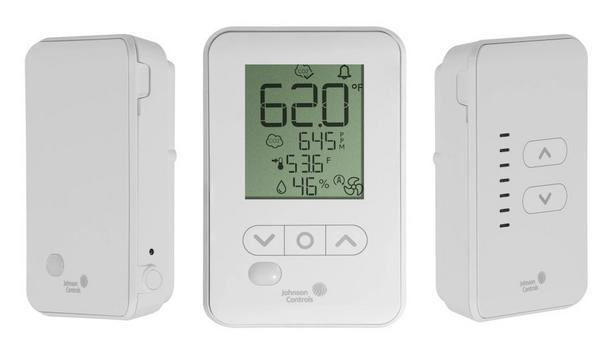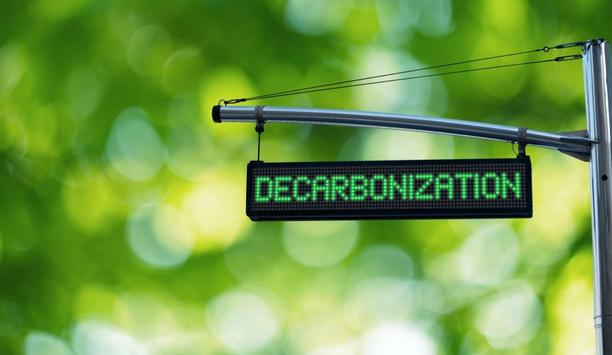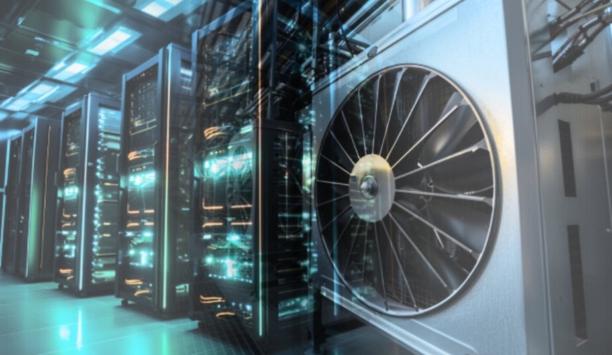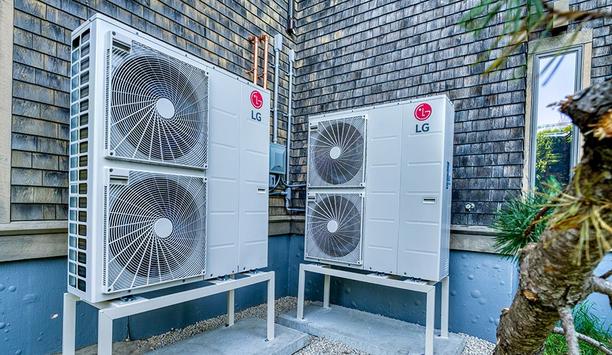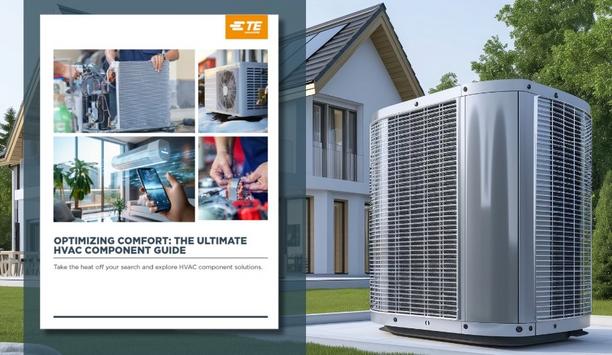As users begin to value sustainability and energy efficiency more than ever, the way they heat and cool homes and businesses is undergoing a significant transformation. Emerging technologies are revolutionizing the industry, providing innovative solutions that optimize comfort and minimize environmental impact.
This article will explore these advancements, discussing the benefits of hydronic heating, gas log fires, multi-head split systems, and smart thermostats.
Hydronic Heating
Hydronic heating is a new advancement that harnesses the power of water to transfer heat. Known for its energy efficiency and unparalleled comfort, hydronic heating is an increasingly popular heating method for new builds.
It’s a perfect blend of technological innovation, practicality, and environmental consciousness.
Superior energy efficiency
Hydronic systems use hot water pumped through a system of pipes in the floor and/or walls to distribute warmth
One of the most significant advantages of hydronic heating is its superior energy efficiency. Unlike traditional heating methods that rely on forced air, hydronic systems use hot water pumped through a system of pipes in the floor and/or walls to distribute warmth.
The result is a system that requires less energy to operate, leading to substantial savings on utility bills. It’s a win-win situation for both the environment and the pocket.
Comfort offered
The comfort offered by hydronic heating is another factor contributing to its rising popularity. The system provides consistent, even heat distribution, eliminating the hot and cold spots often associated with traditional heating systems.
This creates a comfortable environment where every corner of the home or business is equally warm.
Silent operation
Moreover, hydronic heating is silent in operation, making it a preferable choice for those seeking a serene, noise-free environment. The absence of forced-air currents also means less dust and allergens circulating in the space, making it a healthier choice.
However, it’s crucial to remember that while hydronic heating systems offer numerous benefits, they also come with their own set of considerations.
Regular maintenance
Given the long-term energy savings and unparalleled comfort, many find these investments worthwhile
Installation can be more complex and costlier than traditional systems, especially if the user likes to add hydronic heating to an existing build, and the system requires regular maintenance to ensure optimal performance.
However, given the long-term energy savings and unparalleled comfort, many find these initial investments worthwhile.
Gas Log Fires
Gas log fires offer the comfort of a wood-burning fireplace with the efficiency and convenience of modern technologies.
A classic wood-burning fireplace has an undeniably cozy feel with crackling logs and flickering flames. Yet, dealing with smoke, ash, and replenishing firewood can be a hassle. That’s where gas log fires shine – they give users the look of a traditional fireplace with way less upkeep.
Time-saving option
Unlike their wood-burning counterparts, gas log fires don’t produce smoke or ash. This feature alone reduces the amount of cleaning and maintenance required, making them a time-saving option.
The absence of smoke also makes gas log fires a much healthier choice, especially for people with respiratory issues.
Energy efficiency
Many models can even be controlled using remote controls or a smartphone app
The convenience of gas log fires is further enhanced by their energy efficiency. They provide a steady source of heat that can be easily controlled.
Many models can even be controlled using remote controls or a smartphone app, allowing users to adjust the temperature from the comfort of the couch. This efficient use of energy translates to lower heating costs, making gas log fires a cost-effective alternative to traditional fireplaces.
Environmentally friendly option
But what about the environmental impact? Gas log fires burn cleaner than wood, resulting in fewer emissions.
While they use fossil fuels, the emissions produced are significantly less than traditional wood-burning fireplaces. This makes gas log fires a more environmentally friendly option.
Multi-Head Split Systems
Multi-head split systems, which allow for individual temperature control in different rooms, are gaining popularity for their versatility and energy-saving potential.
By allowing each room to be heated or cooled independently, they cater to the distinct preferences of individual household members, creating a tailored comfort experience for everyone.
Temperature preferences
Multi-head split systems are essentially an expansion of the standard split system
Multi-head split systems are essentially an expansion of the standard split system, with multiple indoor units connected to a single outdoor unit.
What sets them apart is their ability to cater to different temperature preferences simultaneously, an aspect that traditional heating and cooling systems often struggle with. Imagine being able to keep the living room cool while ensuring the baby’s room is warm and cozy – that’s the level of personalization that these systems bring to the table.
Reducing outdoor space requirements
However, the benefits of multi-head split systems extend beyond personalized comfort. Their energy efficiency is another significant advantage. These systems minimize energy waste by selectively heating or cooling only occupied rooms, making them an environmentally friendly choice.
Moreover, they offer the convenience of a single outdoor unit, reducing outdoor space requirements and making them a feasible option even for properties with limited outdoor space.
Potential challenges
However, it’s also important to consider the potential challenges. Installation of these systems can be complex, depending on the layout of the home or business.
They may also require more maintenance compared to single-head systems. Additionally, while the energy savings can offset the initial cost over time, the upfront investment can be substantial.
Smart Thermostats
These innovative devices use machine learning algorithms to understand daily routines
Smart thermostats have reshaped our relationship with our heating and cooling systems, offering an unprecedented level of convenience and control.
These innovative devices use machine learning algorithms to understand daily routines and temperature preferences, optimizing energy usage for maximum cost and environmental efficiency.
Advanced sensors and Wi-Fi
To appreciate the transformative power of smart thermostats, it is essential to understand how they differ from traditional thermostats. Unlike their conventional counterparts, smart thermostats are equipped with advanced sensors and Wi-Fi capabilities, allowing them to continually monitor the home’s temperature and make adjustments based on real-time data.
This ability to self-regulate ensures consistent comfort and minimizes energy wastage, translating into significant savings on utility bills.
Sophisticated software
One common question many homeowners have about smart thermostats is: ‘How do they learn our habits?’ The answer lies in their sophisticated software.
Over time, as the user manually adjusts the thermostat, it begins to recognize patterns in the behavior. It takes note of the times when user’re usually home, away, asleep, or awake and then uses this information to create an automated heating and cooling schedule that aligns with the lifestyle.
Pros and cons
Smart thermostats can be more expensive upfront than traditional models, and they require a stable Wi-Fi
However, like any technology, smart thermostats have their pros and cons. On the positive side, they offer unparalleled convenience, energy efficiency, and cost savings.
Additionally, many models come with features like remote control via smartphone apps, voice control compatibility, and energy usage reports. On the downside, smart thermostats can be more expensive upfront than traditional models, and they require a stable Wi-Fi connection to function optimally.
Choosing the Best System For the Space
Choosing the perfect heating and cooling systems for the home can be tricky, especially with so many new options. The ultimate goal is to find a system that aligns with the specific needs, budget, and values.
- Cost
The first key factor to consider is cost. This includes not only the initial installation but also the long-term operating costs. For instance, hydronic heating systems may require a higher upfront investment but are renowned for their energy efficiency, potentially translating to lower utility bills in the long run.
Multi-head split systems, on the other hand, offer cost-saving potential by allowing temperature control in individual rooms, effectively reducing energy wastage.
- Efficiency
Efficiency is the second factor. An efficient system maximizes output while minimizing energy consumption. For example, gas log fires provide high heat output with a lower energy input compared to traditional fireplaces, making them a popular choice in Australian homes and businesses.
Similarly, smart thermostats optimize energy usage by tailoring heating and cooling schedules to the occupants’ habits and preferences, providing another avenue for improved efficiency.
- Environmental impact
Many homeowners and businesses are embracing eco-friendly heating and cooling solutions
Lastly, the environmental impact cannot be overlooked.
With increasing awareness about climate change, many homeowners and businesses are embracing eco-friendly heating and cooling solutions.
- Maintenance requirements
Potential buyers should also consider the maintenance requirements of the chosen system.
While some systems, like gas log fires, require regular cleaning and inspection, others, such as hydronic heating, demand minimal maintenance.
Get the latest heating and Cooling Tech in Melbourne
In conclusion, the future of heating and cooling is marked by a promising array of technologies that prioritize sustainability, efficiency, and personalized comfort. Ultimately, choosing the best system for the space involves weighing factors such as cost, efficiency, environmental impact, and maintenance requirements.
If users are looking for advice on choosing the best new system for the user, Australian Climate Systems is here for the user. With over 25 years of experience, they have not only witnessed the industry evolve but also stayed updated to meet its changing demands.







